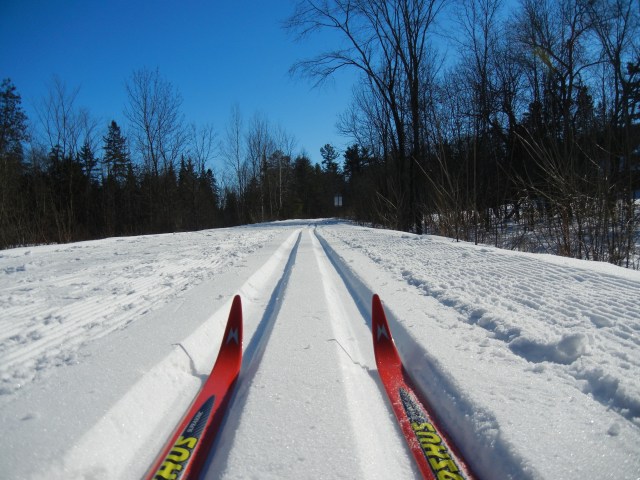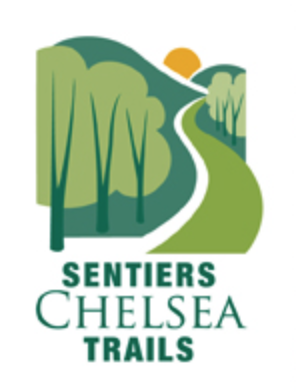 As many of you know, Chelsea Trails supports transforming the railway corridor into a linear park. This unique corridor of land, belonging to Chelsea, runs the entire length of the municipality alongside a beautiful river, and connects numerous neighbourhoods. It has been used by Chelsea residents for 10 years as a very popular Winter Community Trail, and we believe there would be great benefits if it were expanded for year around use.
As many of you know, Chelsea Trails supports transforming the railway corridor into a linear park. This unique corridor of land, belonging to Chelsea, runs the entire length of the municipality alongside a beautiful river, and connects numerous neighbourhoods. It has been used by Chelsea residents for 10 years as a very popular Winter Community Trail, and we believe there would be great benefits if it were expanded for year around use.
In March 2015 we presented a high level vision to Chelsea Council, and they subsequently agreed to examine ways to make this a reality. To this end the municipality has established an ad hoc working group with representatives of Chelsea Trails, municipal councillors and staff. They have also engaged an engineering firm to prepare a feasibility study which will examine engineering, environmental and regulatory issues, as well as project costs. That study is to be completed by March 31, 2016. Council has also ear-marked $460K towards the initial stages of the project in its 2016 budget, and committed to holding a series of public consultations in 2016 to hear from members of the community.
These actions have generated considerable local public discussion regarding the proposal. While there appears to be widespread support and excitement for the project from many, there have also been serious concerns raised by others, primarily regarding the affordability of the project and the potential impacts on residents living close to the tracks. Chelsea Trails believes there are ways to keep the project affordable, and to address the concerns of neighbouring residents.
On the issue of finances, we believe that funding can and should be sought from other sources to augment municipal funding. External sources of funding often require local contributions, so the municipality’s commitment of $460K for feasibility work and initial construction will make possible approaches to other levels of government, agencies and business to leverage additional funding.
Chelsea Trails also believes there are ways to address the concerns of neighbouring residents. We believe that adopting a phased approach to changes in the corridor which would help to minimize impacts on adjacent properties. A phased approach would allow public access to the corridor in the near term, and provide time to assess what works and what could be improved.
While decisions cannot be taken until the feasibility work is complete and public consultations are held, a first phase could potentially consist of removing the rails and ties, basic grading of the surface to a width of 2 to 3 meters, and installing barriers at road crossings to ensure safety. The rails and ties are a hazard for both skiers and grooming equipment in the winter, and for walkers in the summer. Their removal would allow for a significantly extended winter grooming season and also facilitate walking, jogging and low speed cycling.
Chelsea Trails recommends confining this work as much as possible to the existing footprint of the railway roadbed, and to avoid disrupting adjacent land which, while owned by the municipality, in many places has been used for decades for gardens, stairs to docks, and other amenities which are important to neighbouring property owners. The result would be a more affordable linear park of modest design, which provides year around use of the corridor while respecting the historical usage patterns for the 400 or so neighbouring properties. Once the municipality has gained some experience with a modest first phase design, further enhancements could follow in future years, based on community feedback and subject to affordability.
We are hopeful that the municipality will be in a position to organize public consultations, sector by sector, in the first 6 months of 2016. These meetings would provide a mechanism to present design options and to obtain community feedback leading to design decisions.
We firmly believe this project would be a huge asset to the community, but that all opinions should be heard. By being creative and respectful of differing views and the need to responsibly manage public funding, we believe this unique corridor can be developed for year-round use to the benefit of the entire community, and serve as a concrete example of the high value our community places on active transportation.

Recent Comments